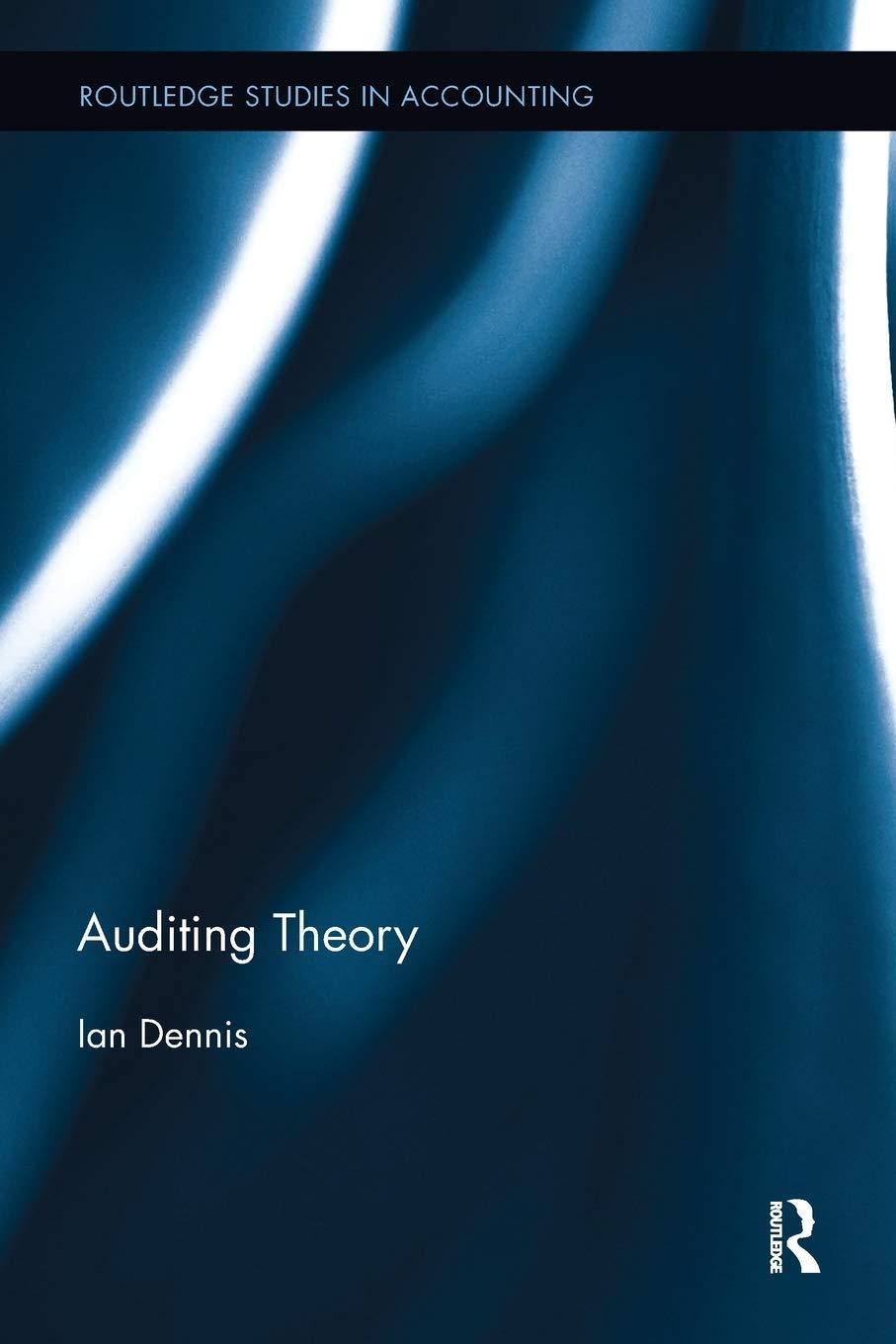Test 4 (20 pts.)Long Problems. Fill in the blanks with proper solutions BELOW EACH ITEM. A.) Paoto Corp. has the following selected accounts in its stockholders' equity section Ordinary shares, P150 par, authorized 100,000 shares, 60,000 shares issued and Erasures/alterations are not allowed. 10% preference shares, P250 par, authorized 40,000 shares, 20,000 shares issued and outstanding outstanding Share premium- ordinary shares Share premium - preference shares Subscribed ordinary shares Subscription receivable- ordinary Subscribed preference shares Subscription receivable- preference Treasury shares-ordinary shares (2,000 shares) Treasury shares-preference (1,000 shares) Retained earnings P 600,000 400,000 500,000 200,000 400,000 100,000 300,000 200,000 1.5 million The board failed to declare/paid dividends for the past three years. The current year's result of operations gave the board reasons to declare cash dividends based on net income amount. The company had income tax payable (30%) of P2.1 million. The company maintains a dividend pay out ratio is 60%. Questions: 1. If preference share is non-cumulative and non-participating, what is the book value per share on? Preference shares Ordinary shares 2. If preference shares are cumulative and non-participating, what is the book value per share on? Preference shares Ordinary shares rence share is non-cumulative and participating, what is the book value per share on? Preference shares Ordinary shares 4. If preferen ce share is cumulative and participating, what is the book value per share on? reference shares_ Ordinary shares Test 4 (20 pts.)Long Problems. Fill in the blanks with proper solutions BELOW EACH ITEM. A.) Paoto Corp. has the following selected accounts in its stockholders' equity section Ordinary shares, P150 par, authorized 100,000 shares, 60,000 shares issued and Erasures/alterations are not allowed. 10% preference shares, P250 par, authorized 40,000 shares, 20,000 shares issued and outstanding outstanding Share premium- ordinary shares Share premium - preference shares Subscribed ordinary shares Subscription receivable- ordinary Subscribed preference shares Subscription receivable- preference Treasury shares-ordinary shares (2,000 shares) Treasury shares-preference (1,000 shares) Retained earnings P 600,000 400,000 500,000 200,000 400,000 100,000 300,000 200,000 1.5 million The board failed to declare/paid dividends for the past three years. The current year's result of operations gave the board reasons to declare cash dividends based on net income amount. The company had income tax payable (30%) of P2.1 million. The company maintains a dividend pay out ratio is 60%. Questions: 1. If preference share is non-cumulative and non-participating, what is the book value per share on? Preference shares Ordinary shares 2. If preference shares are cumulative and non-participating, what is the book value per share on? Preference shares Ordinary shares rence share is non-cumulative and participating, what is the book value per share on? Preference shares Ordinary shares 4. If preferen ce share is cumulative and participating, what is the book value per share on? reference shares_ Ordinary shares








